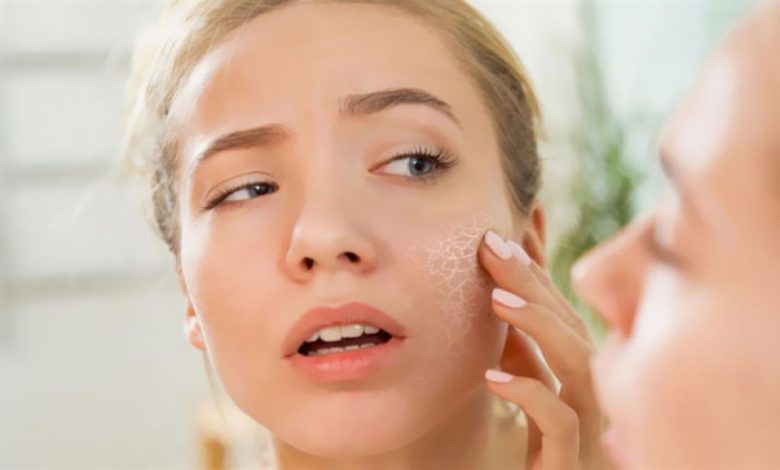
Jordan Daily -The skin is the largest organ of the body, with a total area of 20 square feet. The skin protects us from microbes and harmful and toxic elements, helps regulate body temperature, and permits the sensations of touch, heat, and cold.
What is the structure of skin?
Skin has three layers:
The epidermis, the outermost layer of skin, provides a barrier to infection from environmental pathogens and regulates the amount of water released from the body into the atmosphere and creates our skin color by special cells called melanocytes.
The dermis, beneath the epidermis, contains tough connective tissue, hair follicles, and sweat glands, it cushions the body from stress and strain and contains mechanoreceptors that provide the sense of touch and thermoreceptors that provide the sense of heat.
The deeper subcutaneous tissue (hypodermis) is primarily made of loose connective tissue and it’s the storage site of most body fat. It contains larger blood vessels and nerves than those found in the dermis.
Skincare tips according to skin type:
Normal skin:
Normal skin doesn’t age prematurely and has less problems and caring for it is quite easy.
Follow these tips for normal skin as well as for other types of skin:
Wash your skin gently but thoroughly every day and never wear makeup to bed.
Avoid direct sunlight and wear a hat and sunglasses.
Avoid unhealthy habits such as smoking.
Eat a balanced healthy diet and stay hydrated.
Moisturize with the appropriate moisturizer.
Dry skin:
Dry skin produces less oil and lacks vitality. It usually has prominent lines around the eyes and mouth. This type of skin is very exposed to dryness and vulnerable against changes in weather. Here are some tips to take care of dry skin:
Avoid long, hot showers.
Use a gentle cleanser or shower gel with a moisturizing effect.
Read skin products labels, ingredients that maybe helpful for dry skin are: Ceramides, Dimethicone and glycerin, Hyaluronic acid, mineral oil, and petroleum jelly.
Apply sunscreen with at least 30 sun protection factor (SPF 30), 15 minutes before heading outdoors, as it takes a while for sunscreen to activate.
Oily/acne prone skin:
This type of skin has excess oil secretion, and is usually shiny, sweaty and more prone to suffer from redness, pimples, blackheads and open pores.
Here are some tips for taking care of oily skin:
Use oil-free facial wash in the morning. Wash with a gentle soap and warm water, avoid soaps with fragrances, added moisturizers, or harsh chemicals, loofahs which can irritate or dry out the skin, yet creating more sebum.
Don’t forget to use sunscreen for oily skin, apply sunscreen with at least ( SPF 30), 15 minutes before going out.
Combination skin:
Combination skin is a regular skin type, but oily on the T zone. This skin type needs to be well protected from sunlight as it is oilier than other skin types, and sensitive to sun damage. It requires a gentle wash to clean the pores deeply. If you have mixed skin, follow these tips:
There are sunscreens available for different skin types including combination skin. Don’t forget to wear sunscreen with at least ( SPF 30), 15 minutes before going out.
Treat the oily T-zone and dry areas separately with using the appropriate moisturizer for each zone.
The institute for family health/ King Hussain foundation contributed this article to Jordan Daily.

